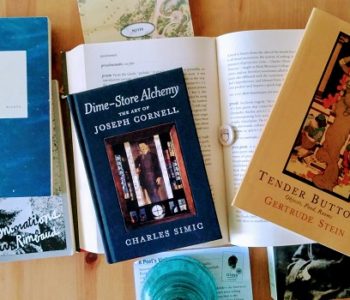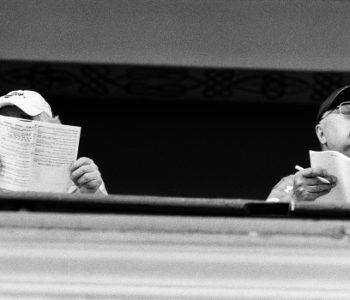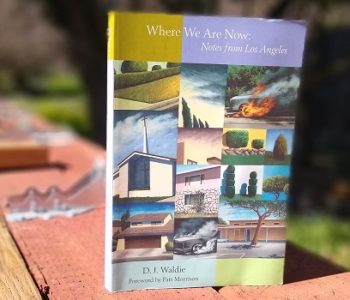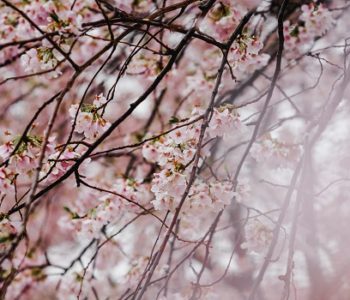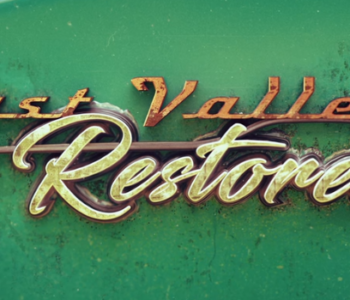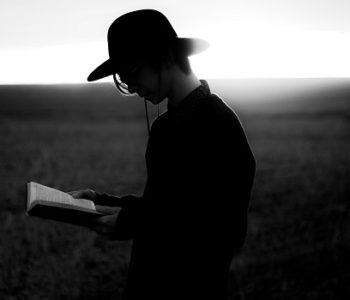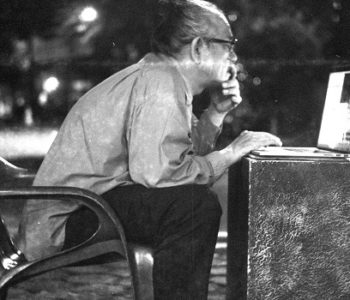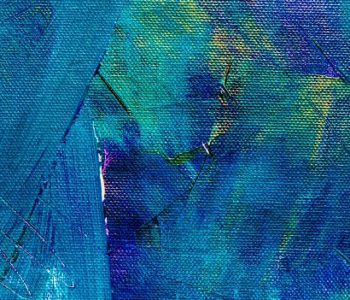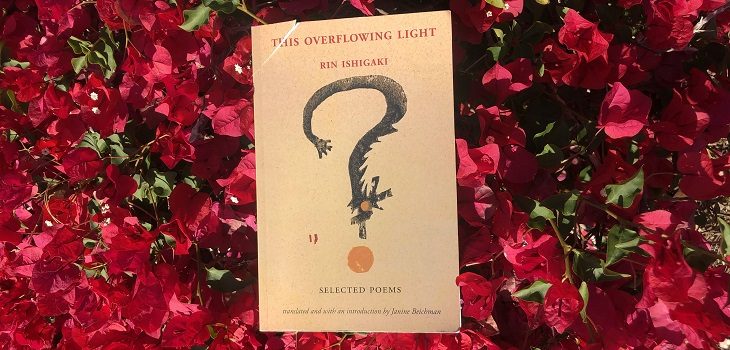 Book Review
Book Review
Ishigaki Rin’s Poetry Shines in ‘This Overflowing Light’
A BOOK REVIEW OF THIS OVERFLOWING LIGHT: SELECTED POEMS BY RIN ISHIGAKI (ISOBAR PRESS, 2022)
Translation tests a poem’s mettle. In the odyssey between two languages, words can grow strewed and cloudy, drifting far from their intended meaning. But in other cases, the poem may arrive filled with new music and light, and resonant with the essence of the distant poet’s voice. And what a beautiful thing that is: two poems now exist in the world, both the same and different. In the case of This Overflowing Light: Selected Poems by Rin Ishigaki, translated and with an introduction by Janine Beichman (Tokyo and London: Isobar Press, 2022), the poems have not only weathered their journey from Japanese to English, they have arrived in beautiful form. With this text, English readers now have access to fresh renderings of poems plucked from popular Japanese poet Ishigaki Rin’s (1920-2004) oeuvre, in which she confronted the routine and interpreted the uncanny as a single, working woman in post-WWII Japan.
Read more “Ishigaki Rin’s Poetry Shines in ‘This Overflowing Light’”